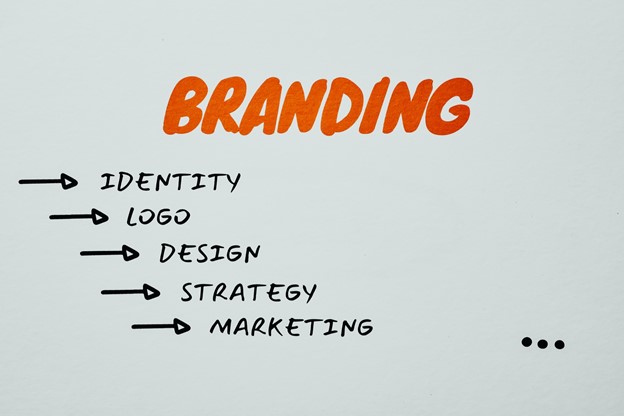Two focuses of my blog are Financial Literacy/Money and Business/Entrepreneurship. Good brands are distinct things that can be the key in helping businesses grow. Flourishes are keys to helping that brand thrive. The following contributed post is entitled, The Little Flourishes That Help A Brand Thrive.
* * *

It’s easy to think that the smaller flourishes and details don’t matter in business life, provided the foundations are solid. But of course, this isn’t always the case. While no flourish can make up for poor basic structures, they can certainly help you edge the competition.
For example, think of how Disney animation has often outled other production studios and creative brands. The joy of their animations, the skill in their handmade rendering, their heartfelt attempt to bring classic stories to life has enabled them to become one of the most celebrated and world-renowned childhood brands in the entire world.
That’s not to say you need to rival Disney anytime soon, but having a sense of flair, showmanship, and detail-oriented creativity can truly help your brand stay competitive, no matter what industry you’re part of.
In this post, we’ll help you not only think about the little flourishes that make a brand thrive but how to integrate them in your business:
Design Flourishes
It’s often the simple things that make your products and service wrapping seem more creative, such as displaying it with eye-catching product photography to instantly make your products look 10x more premium and desirable. The same goes for swapping out that drab corporate font and colors for a more modern, visually-appealing branding look. Little packaging flourishes like custom ribbons can help a gift recipient associate your brand name with happiness, and such approaches also demonstrate your detail-oriented thinking.
Communication Charisma
How you talk to your customers and present yourself makes a big difference too. Writing in a warm, conversational tone (like you’re talking to a friend) in emails/social media instantly makes your brand feel more personable and human. Having fun with creative copywriting – injecting humor, storytelling narratives, catchy slogans – helps you get noticed amid all the bland corporate-speak we all have to suffer daily. Being more personable also shows you’re not afraid to seem human, and that’s not a bad place to start.
Customer Experience & Affability
Obviously, step one is making sure you’ve got a great core product/service that genuinely delivers. But then you can surprise with excellent further support or even accessories to make a purchase worthwhile. That could be personalized product add-ons, exclusive discounts on events, a generous loyalty program, or whatever would make your particular audience feel most valued.
These thoughtful extras go a long way toward nurturing that sense of brand appreciation. Put simply, if people feel you’ve focused on caring for them as a customer (even a follow-up email shows you care about their experience), then you’ve set the stage for a warm response. At the very least, you won’t gain a response from disinterested customers, but those who want to engage with the company they give a chance to will appreciate the first steps you’ve taken in outreach. Again, it takes a confident firm to ensure a customer relationship is nourished.
With this advice, you’ll be sure to use the little flourishes that help a brand thrive. In a world of increased competition, this necessity could edge you out in the competition.













